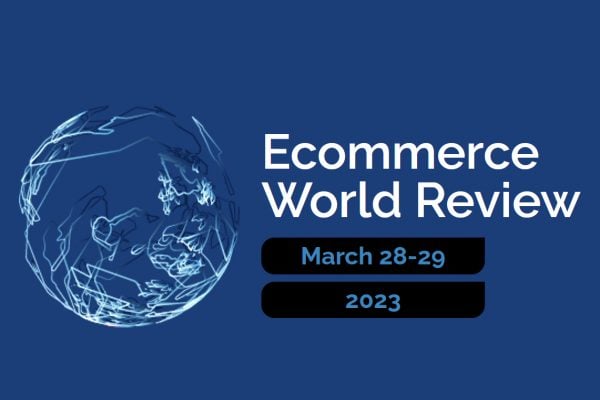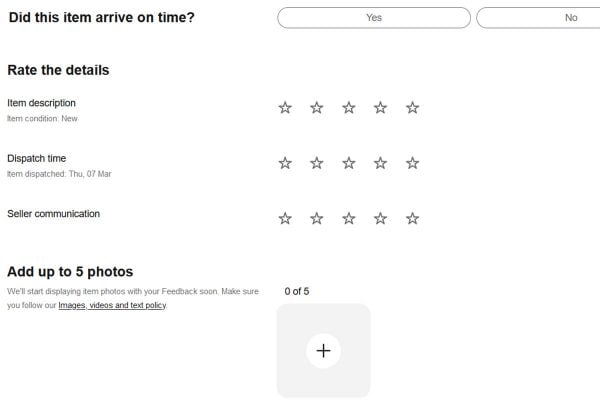Christian Arno is the founder and CEO of Lingo24, a global translation and localisation company. Launched in 2001, Lingo24 now has more than 200 employees on four continents and a global network of 4000 translators. Last year, they translated 65 million words for clients in more than 50 countries. Here he talks cross border trade and ecommerce…
The online marketplace is an increasingly global one. While UK shoppers are among the world’s most enthusiastic web consumers, people in Europe and further afield are catching up. As national borders become less important, British retailers’ cross-border sales are expected to soar seven-fold between 2012 and 2020.
It’s not hard to see why. Ecommerce in the UK is relatively mature compared to our closest neighbours. Products such as fashion and health and beauty products are in high demand among international shoppers. Major retailers such as Marks & Spencer and House of Fraser are investing in multichannel marketing strategies around the globe, competing for their share of customers.
But it’s not only large retailers which are attracting overseas buyers. Marketplaces such as eBay and Amazon make it easy for sellers to reach out to target customers in other countries. In the past few years, eBay has been working to make international ecommerce more accessible to its merchants, for example by offering translation tools and making it easy to create localised “shops” in key European countries.
In fact, 80 per cent of British small and medium-sized businesses on eBay sell to overseas customers. If you’re not yet one of them, or want to expand your global presence, then now is a great time. But before taking the plunge, here are five things to consider before targeting foreign markets.
Choose your target markets
The obvious starting point is to check where your existing customers are coming from. If you’re already shipping goods to Austria or Australia, then consider actively marketing to these countries. Google Analytics is an easy way to see if your website is attracting international traffic.
If you’re not sure where the best opportunities lie, then there are plenty of useful resources to help. UK Trade & Investment is a good place to start. Consider the levels of competition, as well as the practicalities of shipping to these countries and any red tape.
Choose your sales channels
Marketplaces such as eBay, which reaches 124 million people in more than 30 countries, and Amazon are a great place to start. They can be an easier way of targeting new markets than promoting your own dedicated websites.
Simply adding international postage options to your UK listings on eBay will instantly allow you to reach millions more customers. For a more advanced option, customise your listings and post them directly on eBay’s international sites. Their research shows that localised listings generate up to eight times more revenue, plus they are more visible (and attractive) to global buyers.
Of course, other marketplaces are key to reaching some countries. In China, Tmall Global, 360buy.com and Taobao.com are massively popular. Many UK brands are already using these channels to sell to China’s vast online population.
Social media is also playing a greater role in driving sales – for example, Taobao has a strong social element. In Brazil, Facebook users are much more likely to follow brands and recommend products to friends. A Facebook or Twitter presence can be an essential step in building awareness and engaging with customers.
Speak your customers’ language
Would you buy from a site if you didn’t understand the language fluently? For most buyers the answer is no. A 2014 international survey by the Common Sense Advisory found that three quarters of people require information in their native language before making a purchase.
Automatic translation tools are a cheap, basic option – and useful for answering buyers’ queries. However, they can be error-prone and lack the fluency of human translators. If you’re serious about selling across language barriers, it’s worth investing in outsourced translation services.
Think about logistics
eBay makes it easy to set up different international postage rates, and choose which countries you can ship to. If you’re using other channels, look at different courier options and costs. Be realistic about how long it will take to ship your goods.
You’ll also need to research local distance selling regulations, as consumer rights differ from one country to the next. Make sure you have clear returns and cancellation policies, as well as a policy for dealing with any damaged or faulty products.
Provide outstanding service
Winning a customer is one thing; keeping them coming back is another. Customer service can be tricky across language and cultural barriers. But the basic rules are the same: keep your buyers informed, listen to them, and set realistic expectations. If things do go wrong, for example a parcel is damaged in the post, make sure you handle it as promptly as possible.
With some preparation and research, expanding your borders can be relatively straightforward and cost-effective. And the potential rewards are great, as you reach millions of new customers around the world.









